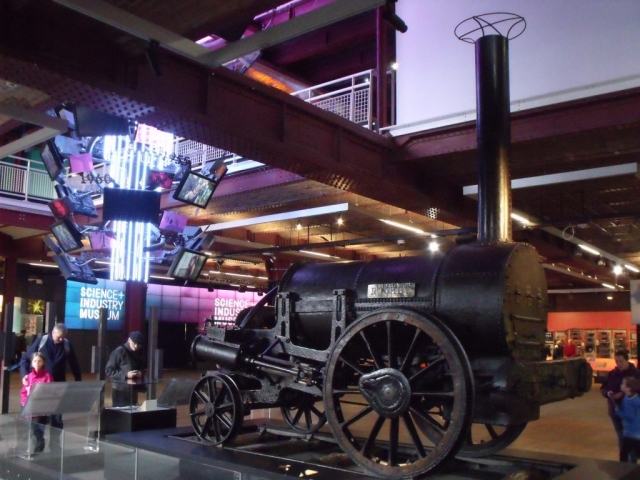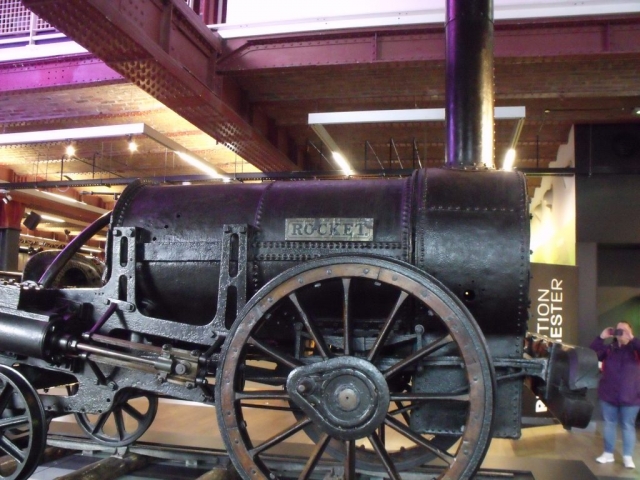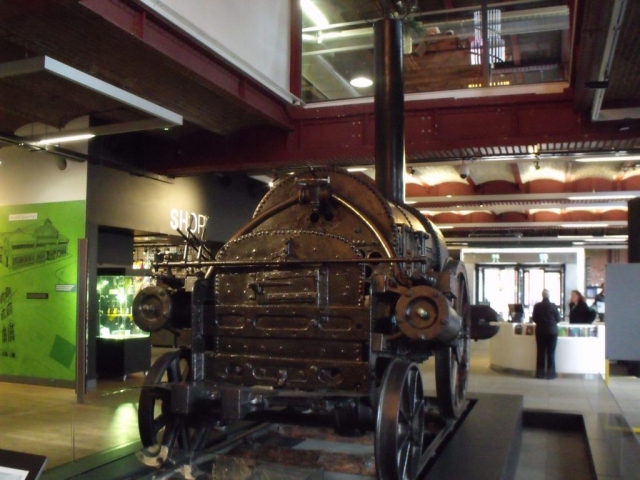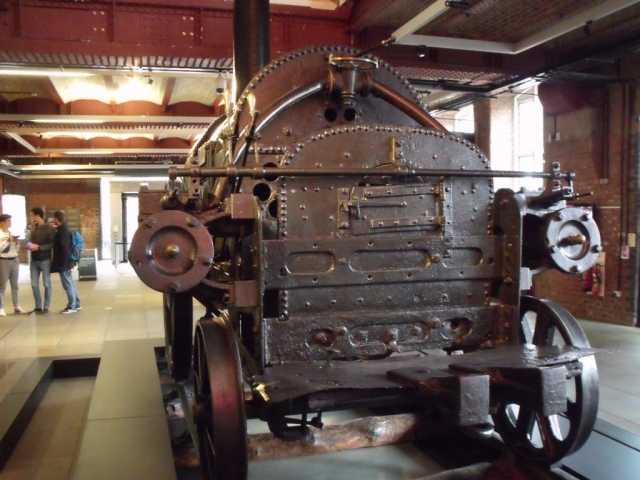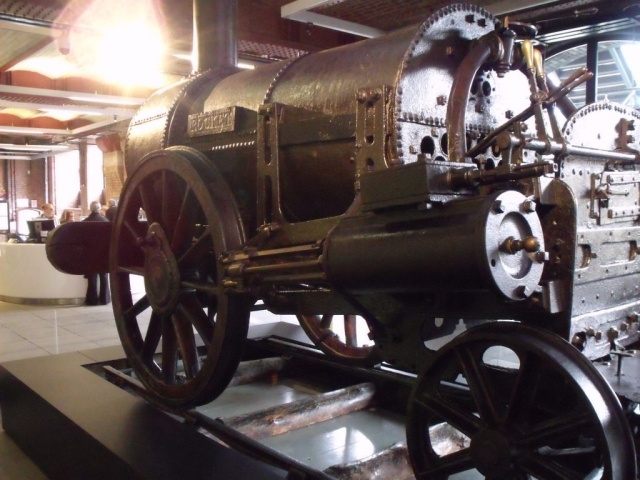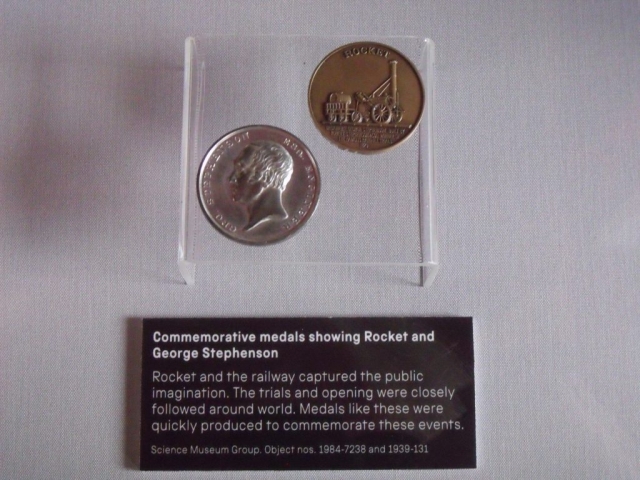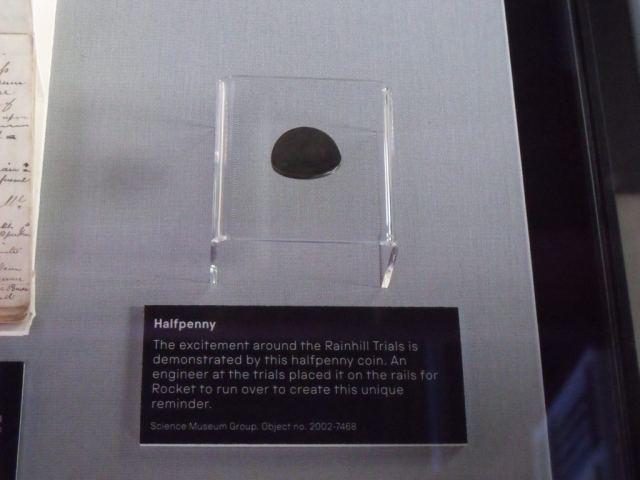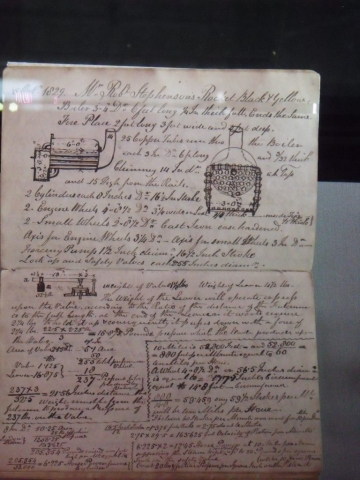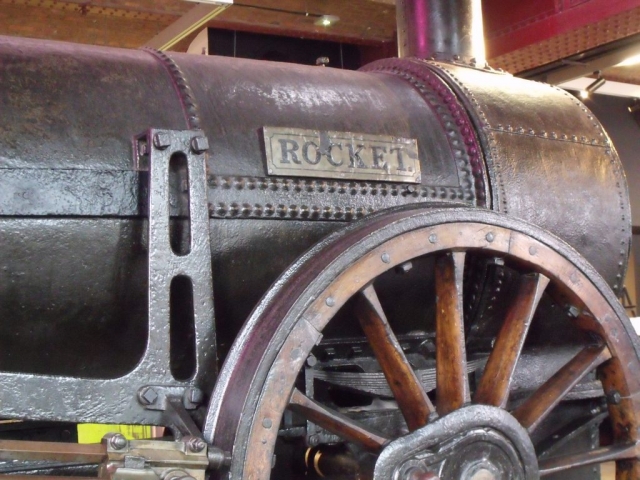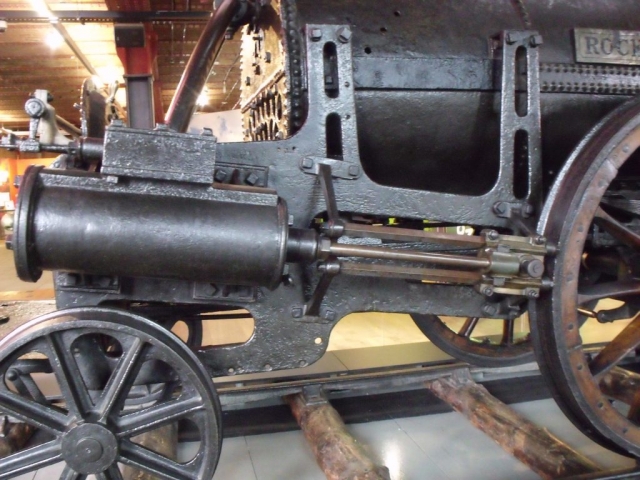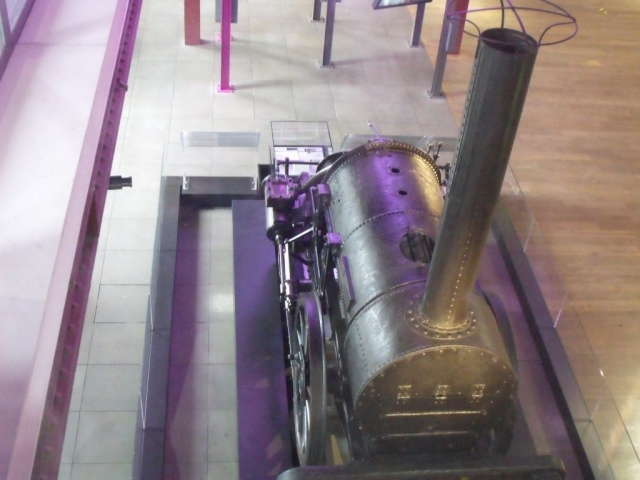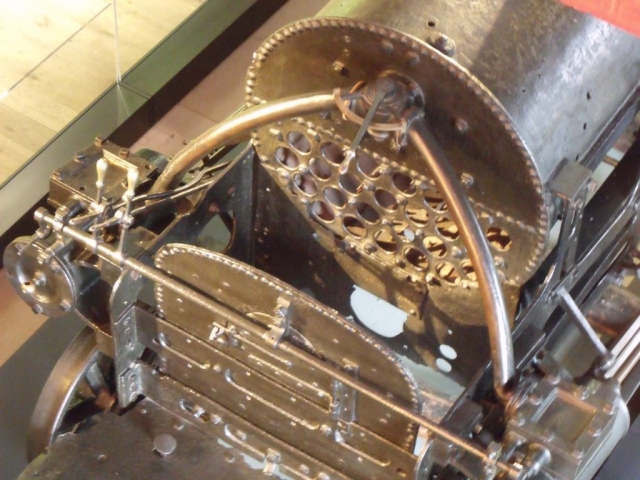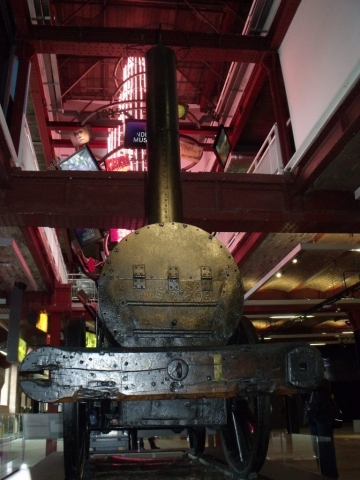The Rainhill Trials
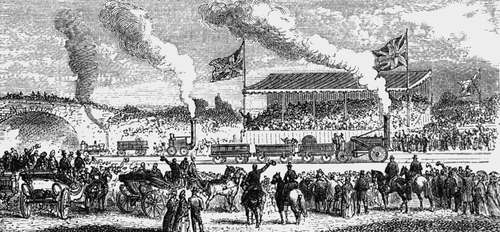
In 1824 the Liverpool and Manchester Railway Company was set up by merchants in the area in order to facilitate transport between the two major cities. The idea was heavily influenced by William James a land surveyor and property investor who had the vision of a national railway network after seeing the development of independent colliery lines and the advancement of locomotive technology.
Up until this point railways were generally run using a mixture of cables powered by stationary steam engines and horse haulage, occasionally using steam locomotives for short sections. George Stephenson, engineer for the project advocated using locomotives for the entire line to overcome the issue with cable haulage that one technical issue could paralise the entire system.
In 1829 as the construction of the line neared completion the directors of the company were still unsure how to power the railway, and so it was decided to hold a competition with a prize of £500, to find a locomotive that could prove the viability of the idea. Read more »

